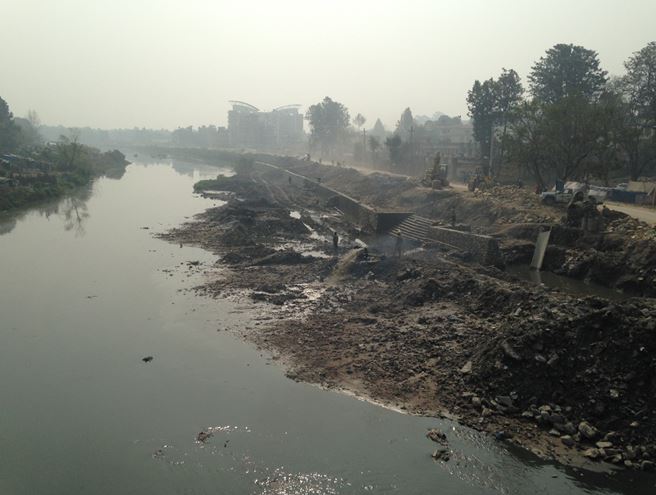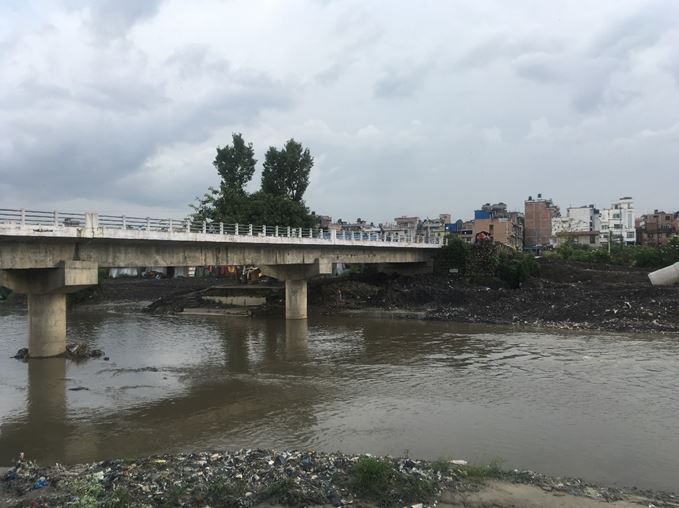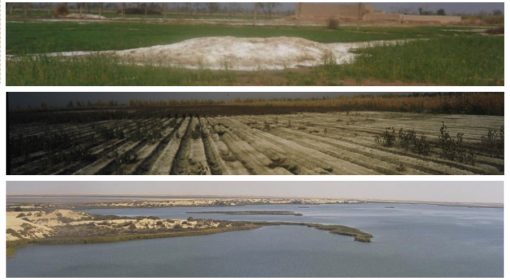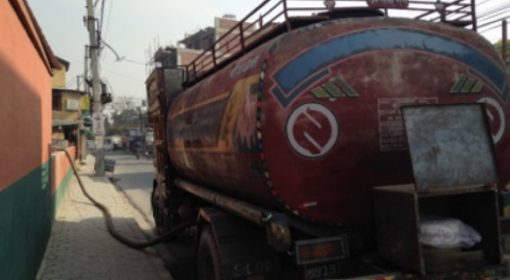A picture is worth a thousand words
(although smell describes a thousand words, too)
Posted by Otto Hoffman
February 10, 2017
The Bagmati River, which flows through the Kathmandu Valley of Nepal is regarded as a lifeline and as a source of Nepalese civilization and urbanization. The river flows through one of the holiest places in the country. Innumerable people from across South Asia, especially India, come to worship and bathe in the Bagmati River because of their religious and spiritual beliefs. The bodies of the deceased are cremated here. But what strikes a foreigner is the build-up of rubbish; comprising mainly of plastic waste, ironically, making the river unholy.
Let’s not ignore the fact that the garbage is also posing health hazards to Kathmandu Metropolitan City dwellers – clearly a management issue. The problem is blamed on poor management of household waste due to lack of resources and technology. According to various governments, the private sector and NGO reports, efficient solid waste disposal has proven to be problematic.
Several people claimed that in the past the river banks made for an attractive site for families and friends to spend their free time. Nowadays it is getting increasingly difficult to argue that the Bagmati River is still a source of Nepalese civilization and urbanization! Numerous people have described how over the years the river has become more and more polluted. The causes pointed out are– treatment of the river as an open sewage canal and industrial and domestic pollution.
As one approaches the river, they immediately experience an overwhelming vile odor. Along the river, several squatters have emerged, many of whom rely on the water to irrigate the agricultural produce. Sometimes individuals are spotted fishing.
A local friend voiced his perspective that for years nothing has happened, even though it has been told about the clean-up. The Government of Nepal, NGO’s, and the private sector have attempted to clean the river. The clean-up though has occurred only in certain sections of the river – leaving other sections of the Bagmati River piled with garbage.
One wonders how communities living near the Bagmati River cope with the odor on a daily basis. Some even ask themselves whether the rivers will ever become as clean as they were before. Given the high population growth, urbanization and industrialization will likely only make things worse if appropriate measures in urban development and water resources management are not undertaken through a holistic approach.
Furthermore, the low level of public awareness about environmental degradation caused by poor disposal of waste is also not emphasized enough. Awareness campaigns about the proper disposal of household waste can make it easier for garbage collection systems to reduce the waste accumulated over the years.
Some interventions that could lessen the harmful effects may include keeping litter and inorganic wastes such as polyethylene products and debris off the streets and near river banks (as these generally drain directly to local streams, rivers and other water bodies); disposal of household and industrial wastes properly, not in rivers or drains; and prohibiting spillage of chemical and other wastes into the streets that may eventually reach local streams and water bodies.
This blog is based on findings from the research project CCMCC by NWO: Climate Policy, Conflicts and Cooperation in Peri-Urban South Asia: Towards Resilient and Water Secure Communities
{jcomments on}





